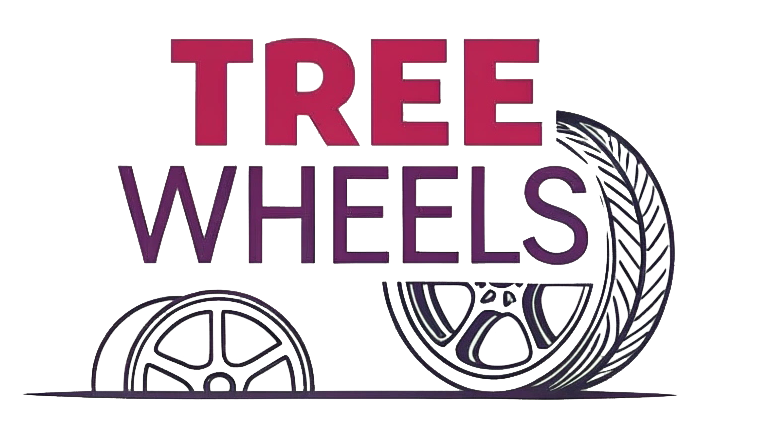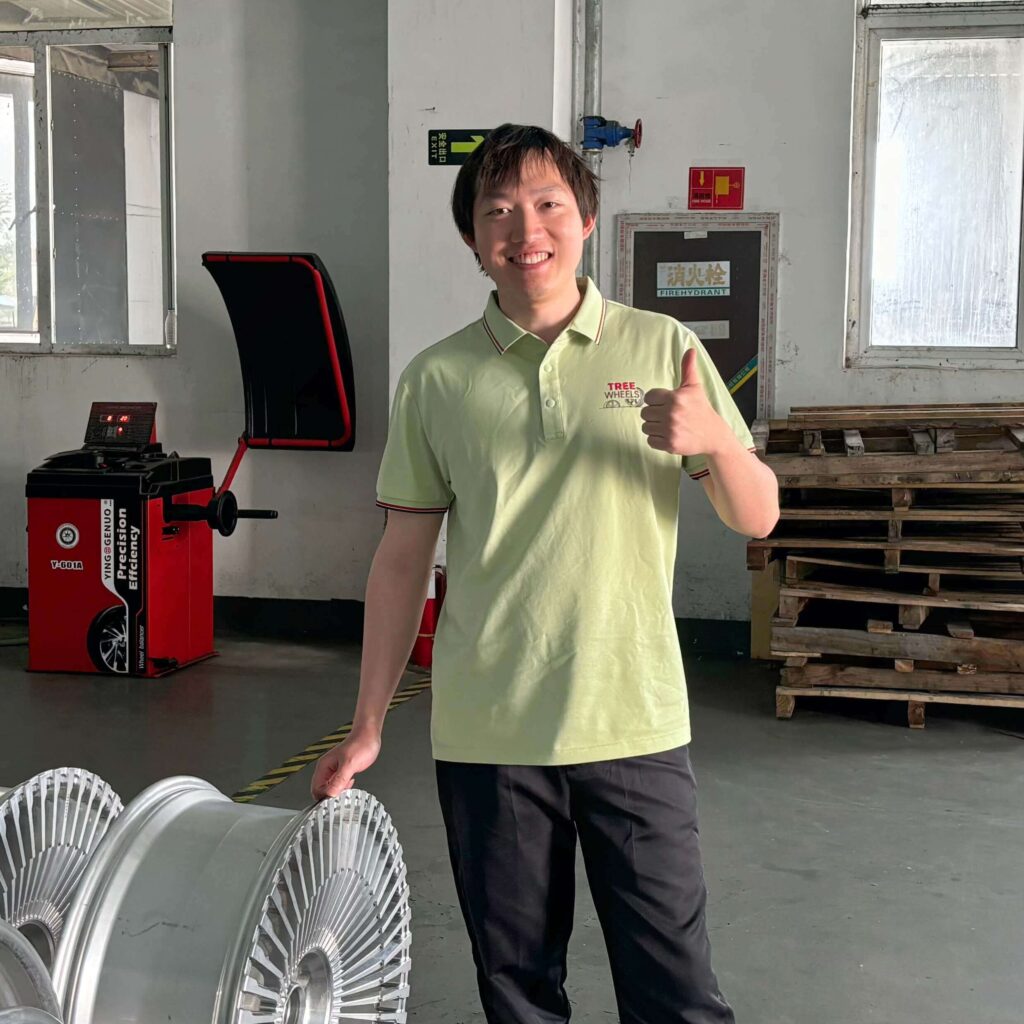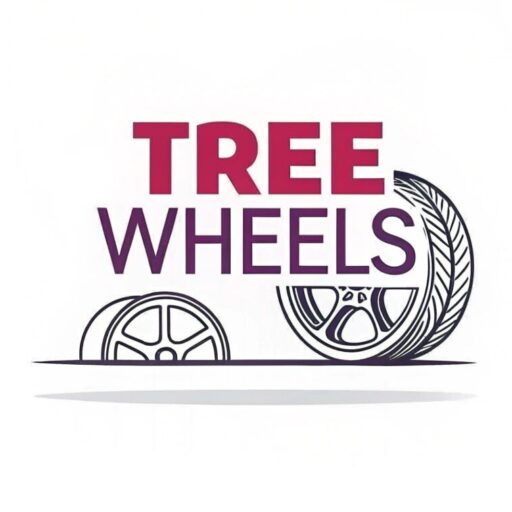I often hear customers asking about fitting massive 24" wheels on vehicles designed for modest 15" rims. This dramatic upgrade might look impressive on social media, but it creates serious safety and performance problems that could leave you stranded or worse.
Upgrading from 15" to 24" rims is generally unsafe without extensive modifications. The dramatic size difference affects vehicle handling, braking distance, speedometer accuracy, and overall structural integrity. Safe wheel upgrades should maintain the original total diameter while considering vehicle specifications and driving conditions.
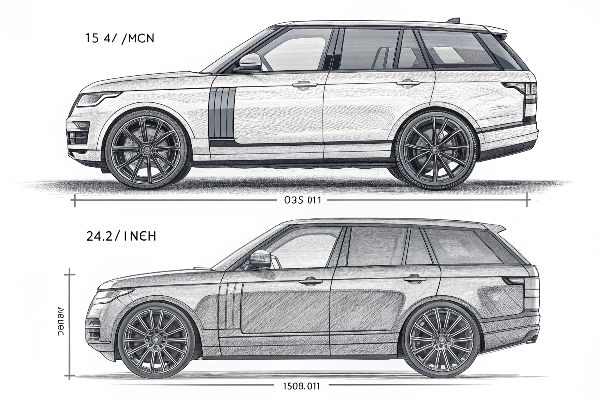
Many car enthusiasts dream of transforming their vehicles with larger wheels for that head-turning look. However, this modification requires careful engineering consideration, not just aesthetic preference. Let's explore what happens when you dramatically increase your wheel size and how to do it safely if you're set on making the change.
Can Bigger Rims Mess Up a Car?
I've seen countless vehicles come into our workshop with damage from improper wheel sizing. Oversized rims create cascading problems throughout the vehicle's systems, from burnt-out bearings to cracked suspension components.
Yes, bigger rims can seriously damage your car if not properly sized and installed. Oversized wheels change your vehicle's gear ratio, put stress on bearings and axles, may cause rubbing against fenders or suspension components, and alter brake performance. They also typically reduce ride comfort and increase fuel consumption.
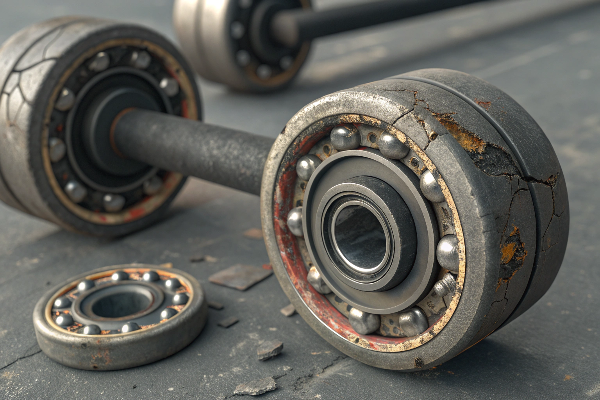
When manufacturing custom wheels for our clients, I always emphasize that bigger isn't necessarily better. The relationship between wheel size and vehicle performance is complex. Going from 15" to 24" rims creates dramatic changes in several critical areas:
Impact on Vehicle Systems
| System | Effect of Oversized Wheels |
|---|---|
| Suspension | Increased stress on components, reduced travel, potential for premature failure |
| Braking | Changed leverage ratio affecting stopping power and distance |
| Drivetrain | Increased strain on transmission, differential and axles |
| Speedometer | Inaccurate readings unless recalibrated |
| Fuel Economy | Significant decrease due to added weight and rolling resistance |
The physics simply don't favor extreme upsizing. While moderate increases (perhaps to 18" or 20") can be accommodated with proper engineering, jumping to 24" typically exceeds what most vehicles designed for 15" wheels can safely handle. In our wheel manufacturing facility, we often recommend customers consider the purpose of their vehicle before making dramatic changes that could compromise its fundamental engineering.
What Cars Will Fit 24 Inch Rims?
I've manufactured thousands of custom wheels, and not all vehicles can safely accommodate massive 24" rims. The physical constraints of wheel wells and suspension designs create hard limits that can't be ignored without compromising safety.
Vehicles best suited for 24-inch rims include full-size SUVs and trucks like Cadillac Escalade, Chevrolet Tahoe/Suburban, GMC Yukon, Ford Expedition, Lincoln Navigator, and certain luxury sedans with modification. These larger platforms provide adequate clearance and have stronger suspension components designed to handle additional weight.
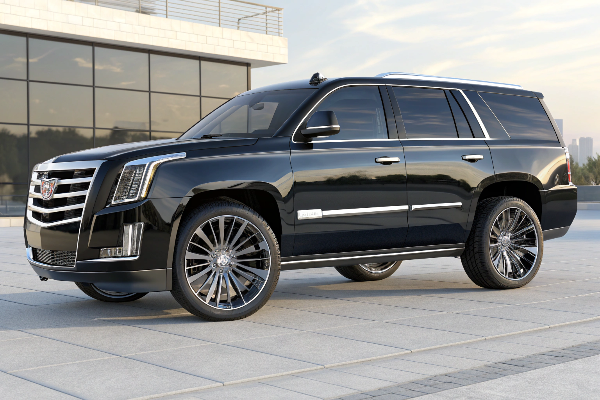
From my experience in the wheel manufacturing business, vehicle compatibility with extremely large wheels depends on several key factors. When customers approach us about 24" wheel fitments, I immediately assess their vehicle type before proceeding with design work.
Vehicle Compatibility Factors for 24" Wheels
| Factor | Consideration |
|---|---|
| Original Design | Vehicles designed for 17"+ stock wheels adapt better to 24" upgrades |
| Wheel Well Size | Must accommodate not just wheel but tire without rubbing |
| Suspension Type | Robust suspension systems with sufficient travel handle larger wheels better |
| Vehicle Weight | Heavier vehicles generally have stronger components to support larger wheels |
| Brake System | Must have adequate clearance around larger wheels |
It's worth noting that even when a vehicle can physically accept 24" wheels, additional modifications are typically required. These may include fender rolling, suspension lifts or adjustments, and sometimes brake upgrades. At Tree Wheels, we create detailed 3D models of proposed wheel designs fitted to specific vehicle models to ensure proper clearance and fitment before beginning production. This attention to detail helps prevent costly mistakes and ensures customer satisfaction with the final product.
Does Increasing Rim Size Affect Comfort?
Ever driven over a pothole and felt every bone in your body rattle? That's what happens when tire sidewalls get too thin. As we increase rim size while maintaining overall diameter, something has to give—and it's your comfort.
Yes, increasing rim size significantly affects ride comfort. Larger rims require lower-profile tires with less sidewall flex to maintain the same overall diameter. This reduction in tire sidewall means less cushioning against road imperfections, resulting in a harsher, more direct feel of road surfaces.
s comparison of [tire profile](https://www.premierautomotiveservice.com/blog/the-pros-and-cons-of-upgrading-to-bigger-wheels-and-tires)s](https://treewheels.com/wp-content/uploads/2025/09/4-cross-section-diagram-showing-different-tire-pr.png)
During our wheel design process at Tree Wheels, we carefully consider the balance between aesthetic appeal and practical comfort. Moving from 15" to 24" rims requires dramatic changes in tire profile that fundamentally alter how a vehicle rides. This isn't just theory—we receive direct feedback from our clients that confirms how wheel size impacts everyday driving experience.
Comfort Impact Analysis of Wheel Upsizing
| Original Setup | Upgraded Setup | Sidewall Reduction | Comfort Impact |
|---|---|---|---|
| 15" wheel with 70 series tire | 24" wheel with 30 series tire | Approximately 60% less sidewall | Severe reduction in comfort |
| 17" wheel with 55 series tire | 24" wheel with 30 series tire | Approximately 45% less sidewall | Significant reduction in comfort |
| 20" wheel with 40 series tire | 24" wheel with 30 series tire | Approximately 25% less sidewall | Moderate reduction in comfort |
Beyond just comfort, these changes affect other aspects of vehicle performance. Low-profile tires are more susceptible to damage from potholes and road debris. They transmit more road noise into the cabin. And perhaps most concerning from a safety perspective, they can reduce traction in adverse weather conditions due to the reduced contact patch flexibility. In my years of producing custom wheels, I've learned that the most satisfied customers are those who find the sweet spot between appearance and functionality rather than pushing to the extremes.
Can I Put Different Sized Rims on My Car?
When clients request unusual wheel configurations, I always evaluate whether their idea will compromise safety. Mixing wheel sizes requires careful engineering to maintain vehicle stability and predictable handling characteristics.
You can put different sized rims on your car, but they must be properly matched in pairs (both front wheels identical, both rear wheels identical) and maintain appropriate overall diameter. Staggered setups (wider rear wheels than front) are common in performance applications, but random mixing of sizes creates dangerous handling unpredictability.
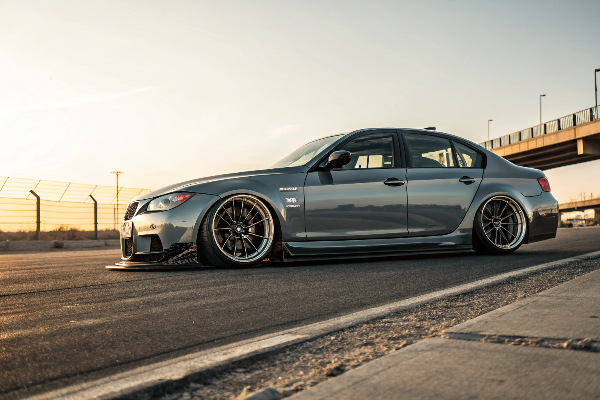
At Tree Wheels, we frequently manufacture staggered wheel setups for performance applications. This configuration typically involves wheels of the same diameter but different widths (wider in the rear than front). There are also specific applications where different diameter wheels front-to-rear can work, but these require expert engineering and are usually found only on high-performance vehicles designed for this setup.
Common Wheel Configurations
| Configuration | Description | Suitable Applications | Safety Considerations |
|---|---|---|---|
| Squared Setup | Same size wheels at all corners | Most vehicles, especially AWD | Maintains factory handling characteristics |
| Staggered Width | Same diameter but wider rear wheels | RWD performance cars | Can enhance traction while maintaining proper handling |
| Staggered Diameter | Different diameter front/rear | Specialized applications only | Requires professional suspension tuning |
| Mixed Random | Different sizes randomly placed | Not recommended | Dangerous handling, uneven wear, unpredictable braking |
The physics of vehicle dynamics depends on consistent and predictable behavior from all four corners. When manufacturing custom wheel sets, we always ensure that even with staggered setups, the overall tire diameter remains within 3% from front to rear to prevent stress on differentials and other drivetrain components. This is especially critical for all-wheel drive vehicles, which can suffer premature transmission or transfer case failure if wheel diameters vary significantly. Our production process includes detailed specifications for each wheel position to ensure proper fitment and function across the entire vehicle.
Conclusion
Upgrading from 15" to 24" rims is rarely safe without extensive modifications and will likely compromise your vehicle's performance and comfort. Choose wheel upgrades that respect your car's engineering limitations for the best results.
For custom forged wheels that balance both style and engineering integrity, Tree Wheels offers expert guidance and precision manufacturing to ensure your upgrades enhance rather than harm your vehicle.
